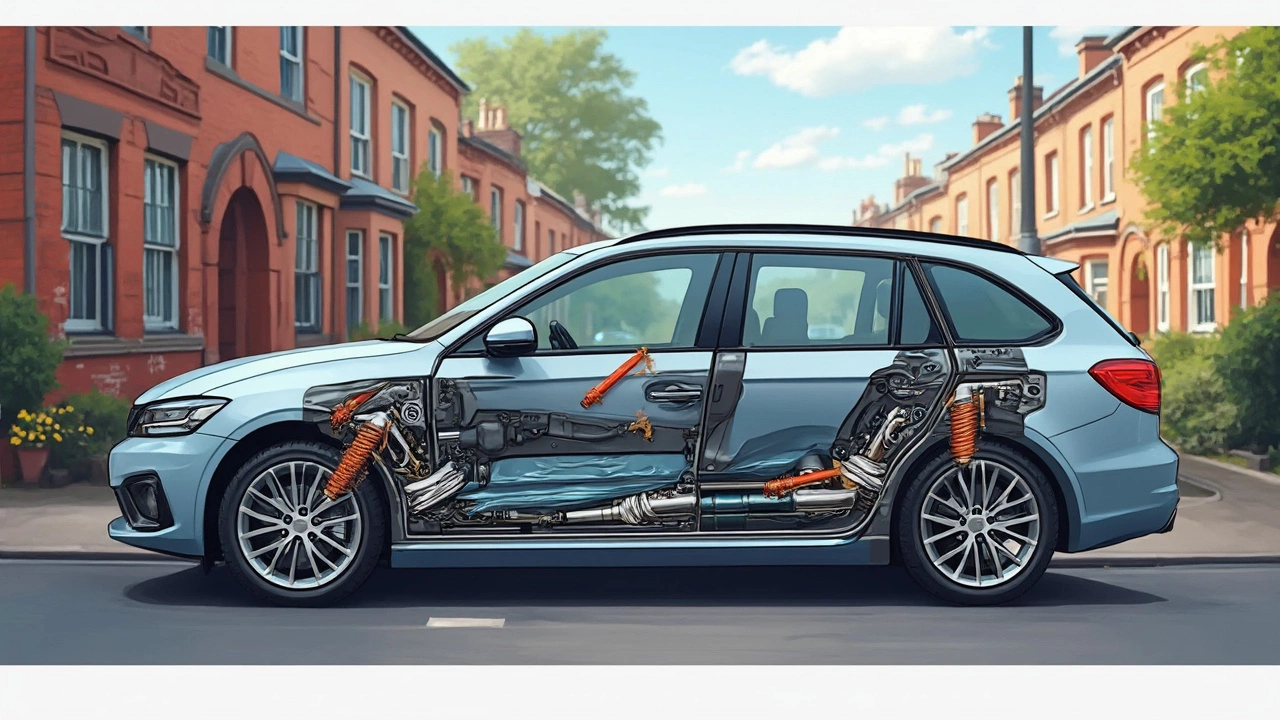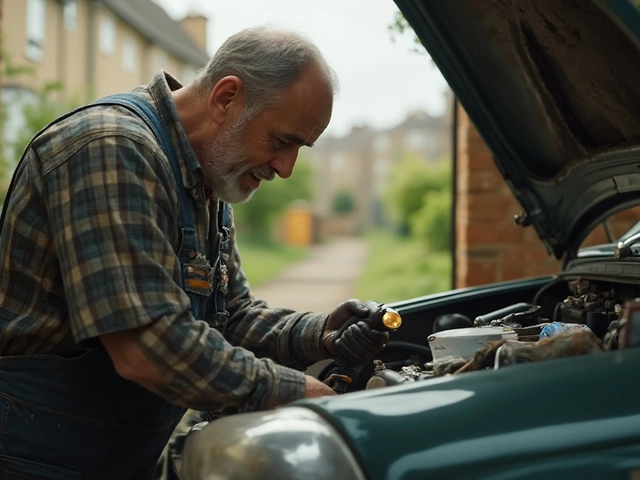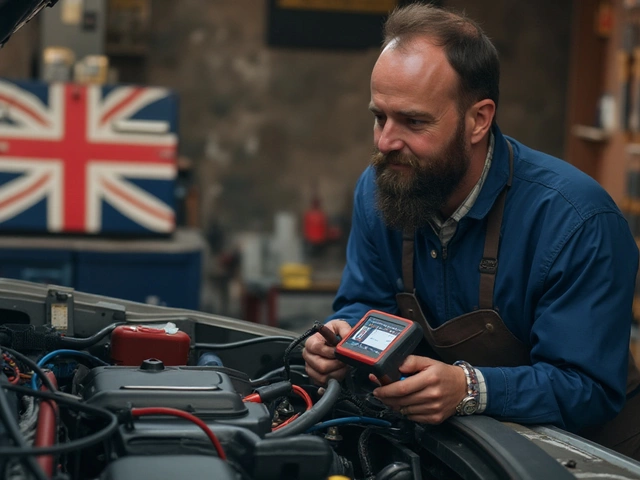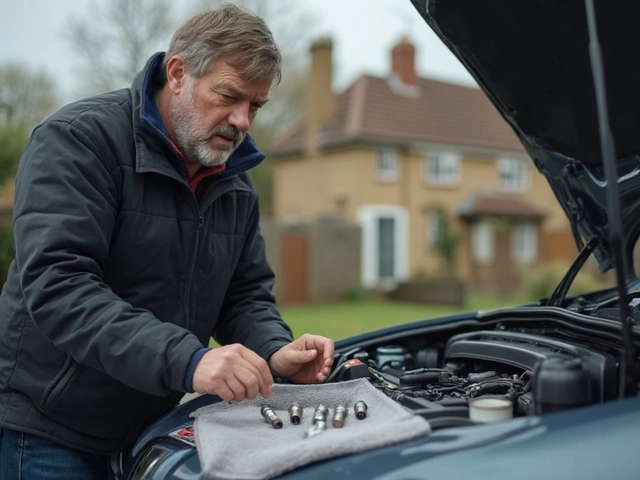Struts Explained – Your Guide to Better Ride and Safer Driving
If you’ve ever felt a thump after a pothole or noticed your car leaning on a corner, the culprit is probably the struts. They’re a key part of the front suspension that keeps your wheels glued to the road and your steering steady. Understanding struts helps you catch problems early, avoid costly repairs, and enjoy a smoother drive.
What Struts Are and How They Work
Think of a strut as a combination of a shock absorber and a spring in one unit. It absorbs bumps, controls wheel bounce, and supports the vehicle’s weight. When you hit a bump, the strut compresses, turning kinetic energy into heat, then extends back to keep the wheel from bouncing uncontrollably. This motion keeps the tires in contact with the road, which is essential for braking, cornering, and overall handling.
Most modern cars use struts on the front axle and sometimes at the rear. They’re mounted between the wheel hub and the vehicle’s body, so any wear shows up as a change in ride quality, steering feel, or noise.
Signs Your Struts Need Attention
Don’t wait for a big repair bill. Here are the everyday clues that your struts are on their way out:
- Excessive Bouncing: Press down on the front of the car and release. If it bounces more than once, the struts are likely worn.
- Clunking or Rattling: Loose parts inside the strut assembly make noise over bumps.
- Uneven Tire Wear: Bad struts cause the tire to wear on one edge more than the other.
- Steering Pull: If the wheel drifts to one side while driving straight, the struts may be unevenly worn.
- Car Nose‑Dives on Braking: A sharp dip when you hit the brakes signals front strut fatigue.
Spotting these signs early lets you plan a replacement before the struts fail completely.
Replacement Costs and What to Expect
Replacing struts isn’t a DIY job for most people; it needs a lift, spring compressors, and a torque wrench. At Northwich Tyres Centre, a full front‑strut replacement usually runs between £180 and £300 per side, including parts and labour. Prices vary by make, model, and whether you need just the strut or the whole assembly.
While you’re at it, ask for a wheel alignment. Changing struts alters the suspension geometry, and an alignment ensures the car tracks straight and the tires wear evenly.
Choosing the Right Struts for Your Car
When you shop for struts, keep these factors in mind:
- Original Equipment Manufacturer (OEM) vs. Aftermarket: OEM parts match the factory specs, while aftermarket offers performance upgrades.
- Ride Comfort vs. Sporty Handling: Softer struts give a comfortable ride; stiffer ones improve handling but can feel harsher.
- Warranty: Look for a solid warranty – 2‑year coverage is common and a sign of quality.
Talk to the experts at Northwich Tyres Centre. They can suggest the best fit for your driving style, budget, and vehicle.
In a nutshell, struts are the silent heroes that keep your car glued to the road. Regular checks, listening for odd noises, and watching for ride changes will help you catch problems early. When it’s time for a swap, a professional shop will handle the heavy lifting, reset your alignment, and get you back on the road safely. Keep those struts in check, and you’ll enjoy a smoother, safer drive every day.
 10 June 2025
10 June 2025
Suspension Parts Explained: What’s Under Your Car?
Your car’s suspension is a network of parts working to keep your ride smooth and safe. From shocks and struts to control arms and bushings, each component plays a role in how your vehicle handles bumps and corners. Understanding what’s under your car can help you spot problems sooner and save you money on repairs. This article breaks down each part in simple terms so you never feel confused at the mechanic’s shop. Ready to see what’s holding your wheels together?
 9 June 2025
9 June 2025
Suspension Repairs: What Are the Most Common Fixes Drivers Deal With?
When your car starts bouncing, creaking, or pulling, there's a good chance your suspension is begging for attention. This article breaks down the most common suspension repairs, explains why each happens, and shows how they affect your drive. From worn-out shocks to busted ball joints, you'll learn which parts typically fail first and the warning signs to watch for. Expect practical tips on spotting problems early and ideas for saving money. If you want a smoother, safer ride, these are the fixes you need to know.






0